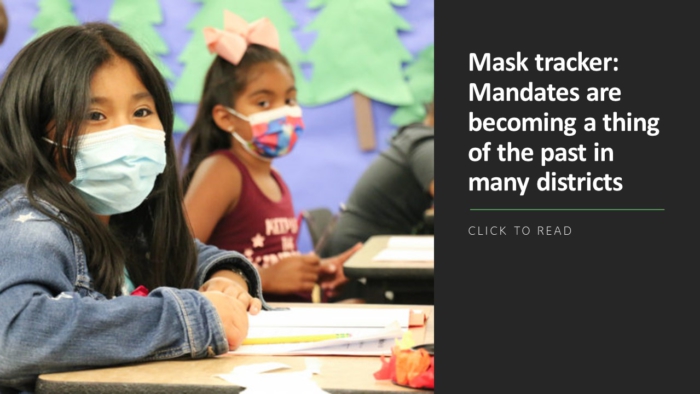Over 80% of malware attacks in the last month targeted the education industry, and the pandemic is the leading cause.
That’s according to a report from Atlas VPN, a leading VPN provider. Remote work forced institutions to implement new strategies for students to complete assignments from home. Video conferencing, e-learning software and others created more avenues for cyberattacks to intrude.
The second-most targeted industry was retail and consumer goods, yet they experienced nearly nine times fewer attacks than the education sector.
Education saw an average of 171,000 daily cyberattacks in the last thirty days. Here’s a breakdown of malware encounters by industry since July:
- Education: 5,130,197
- Retail and consumer goods: 574,926
- Healthcare and pharmaceuticals: 329,820
- Telecommunications: 141,598
- Power and utilities: 93,662
- Financial services and insurance: 93,258
In a similar report, Check Point Research, a cyber intelligence provider, claims that education and research saw a 114% increase in cyberattacks over the past two years.
The threat
How targets become infected and the potential outcome of cyberattacks is unclear, according to the report from AtlasVPN.
Malware can creep into computers in several ways. As users download files from the internet, they’re at risk of becoming exposed to malware. In most cases, they’re undetectable without a script.
Attackers sometimes create identical copies of websites, emails or advertisements to trick users into downloading malicious software. Once it has successfully crept into the computer, it can lead to data breaches and ransomware demands.
In 2021 alone, ransomware attacks on schools and colleges across the U.S. cost $3.56 billion in downtime alone, according to a report from Comparitech.
Last week, Linn-Mar School District in Marion, Iowa shared screenshots after facing technical difficulties on their computers as a result of a ransomware attack from a group called Vice Society. The message read: “All your important documents, photos, and databases were stolen and encrypted. If you don’t contact us in 7 days we will upload your files to the darknet. The only method of recovering files is to purchase a unique private key.”
Check Point provides a checklist to help prevent cyberattacks from creeping into K-12 schools.
Students
- Find ways to cover your webcam
- Only open links from trustworthy sources
- Only log in directly through your school portal
- Add complexity to your passwords
- Keep confidential information to yourself
Schools
- Install anti-virus software
- Install firewalls and internet gateways
- Thoroughly evaluate third-party providers
- Keep an eye out for unusual activity
- Educate students and staff members about cyber security
More from DA: Should schools brace for a recession? A heads-up for leaders



